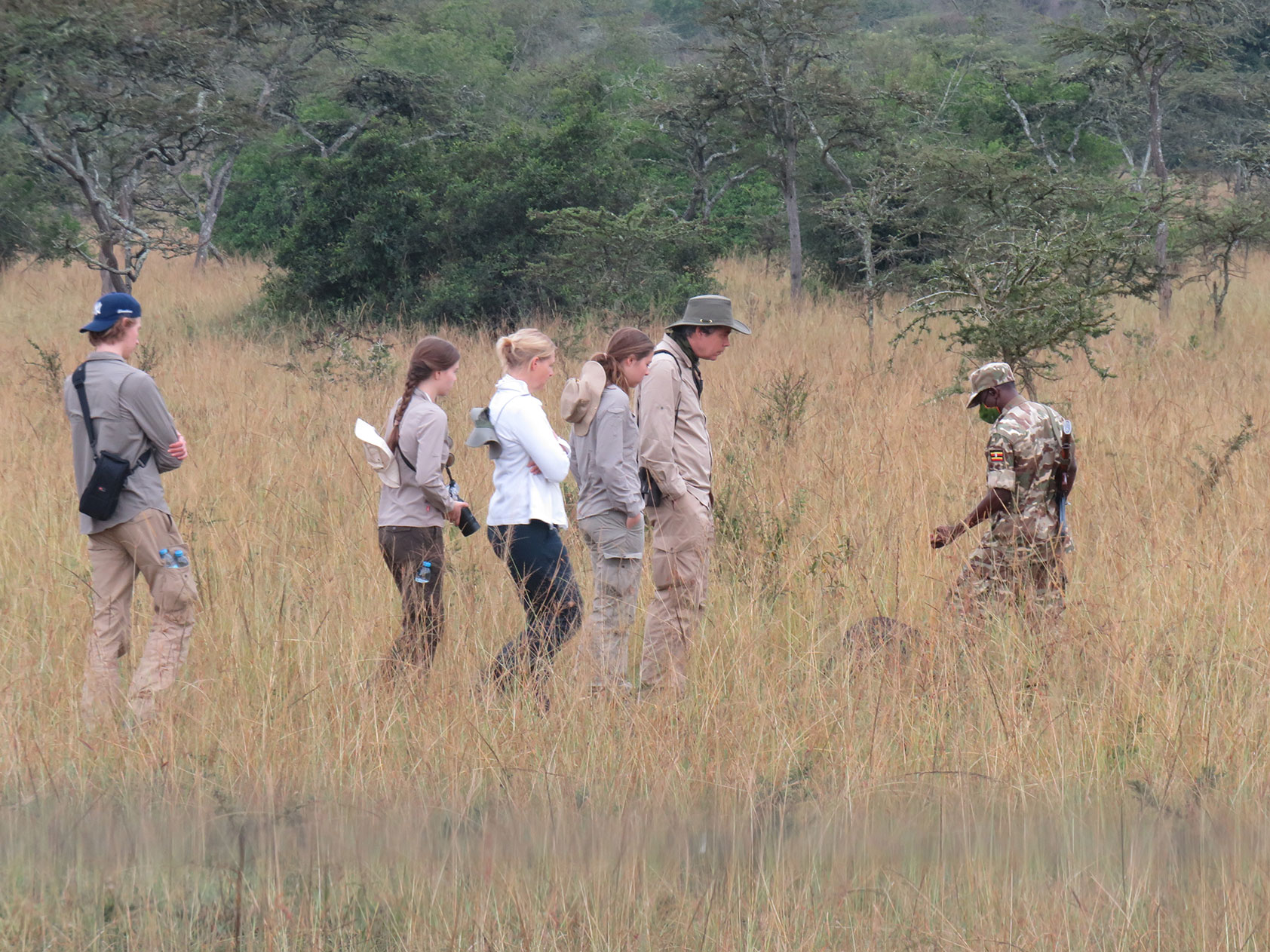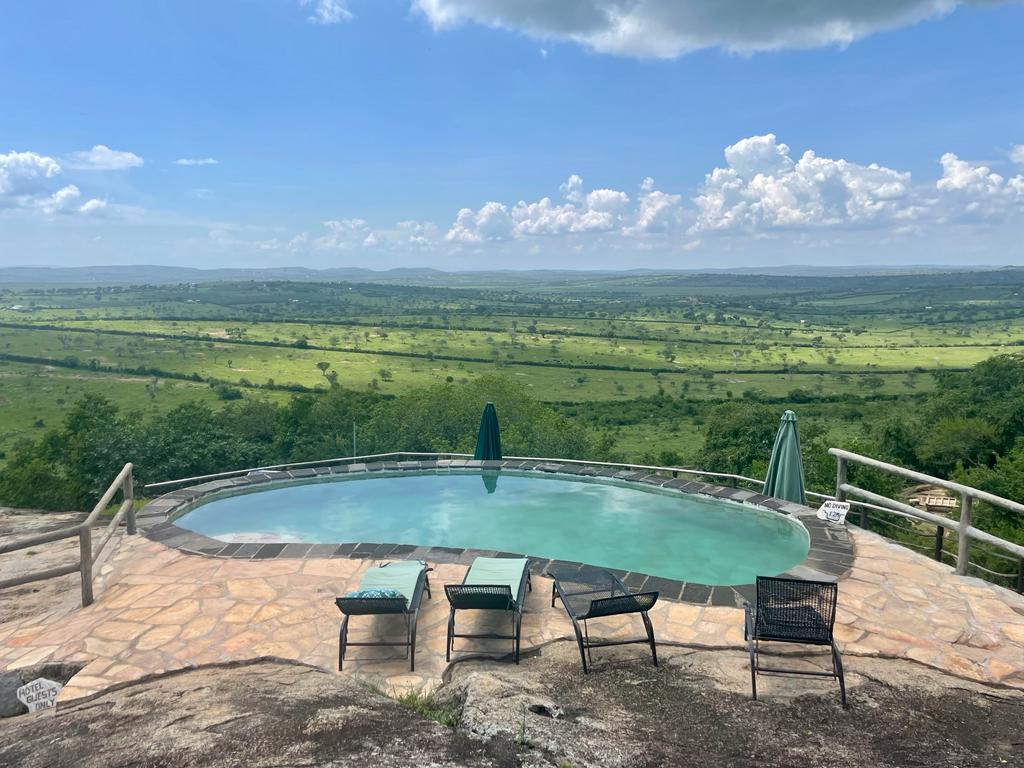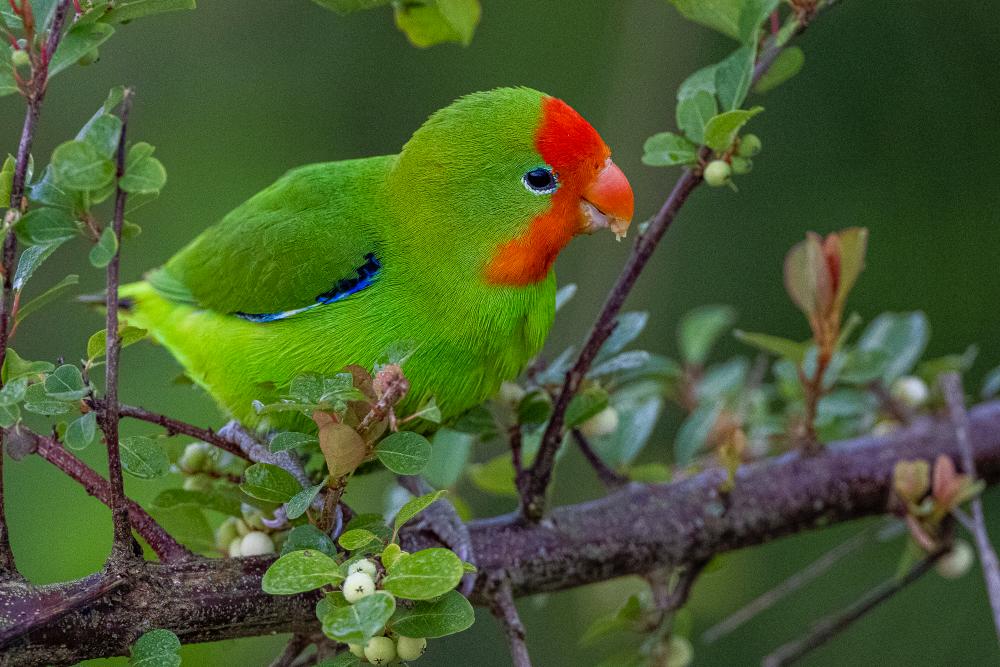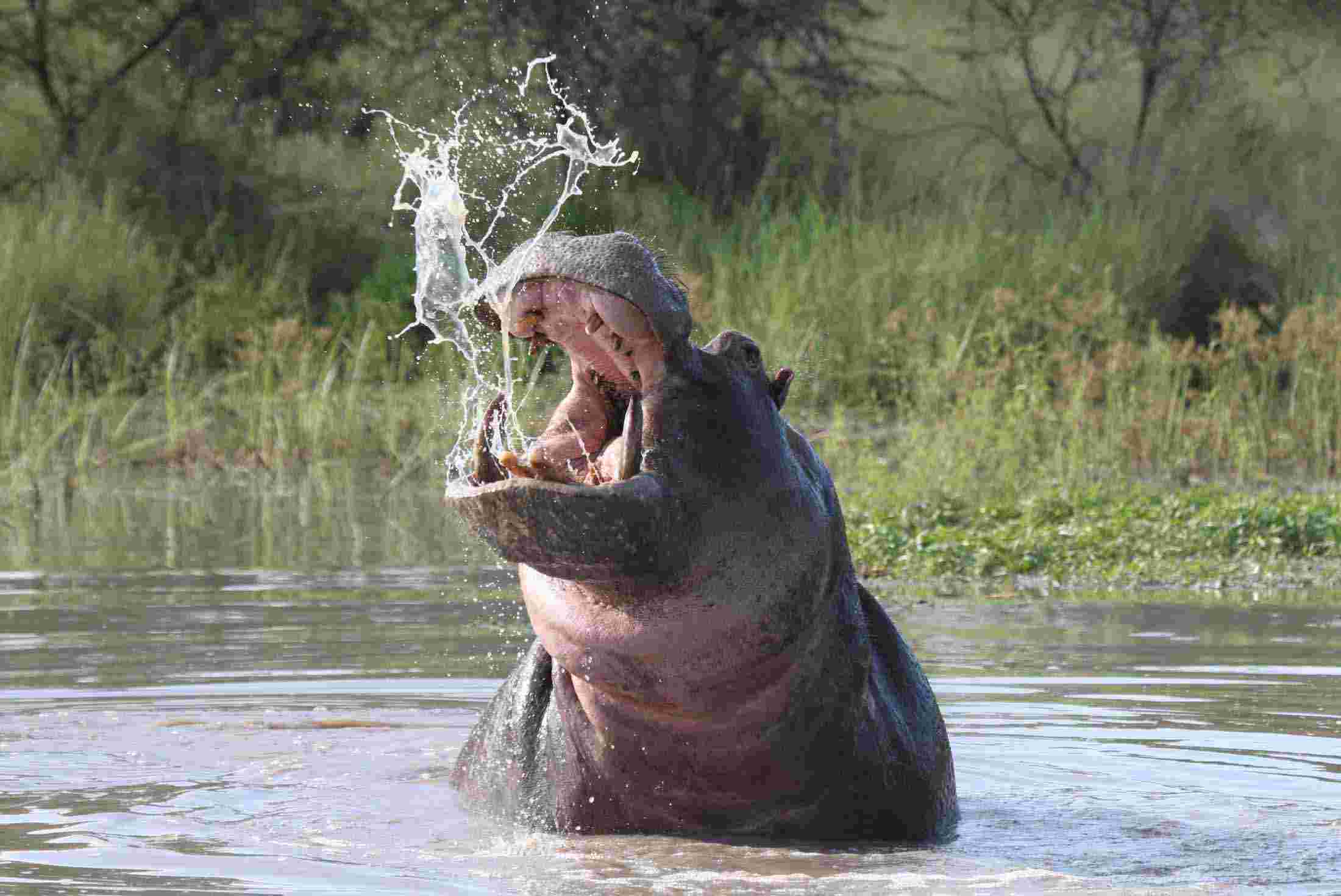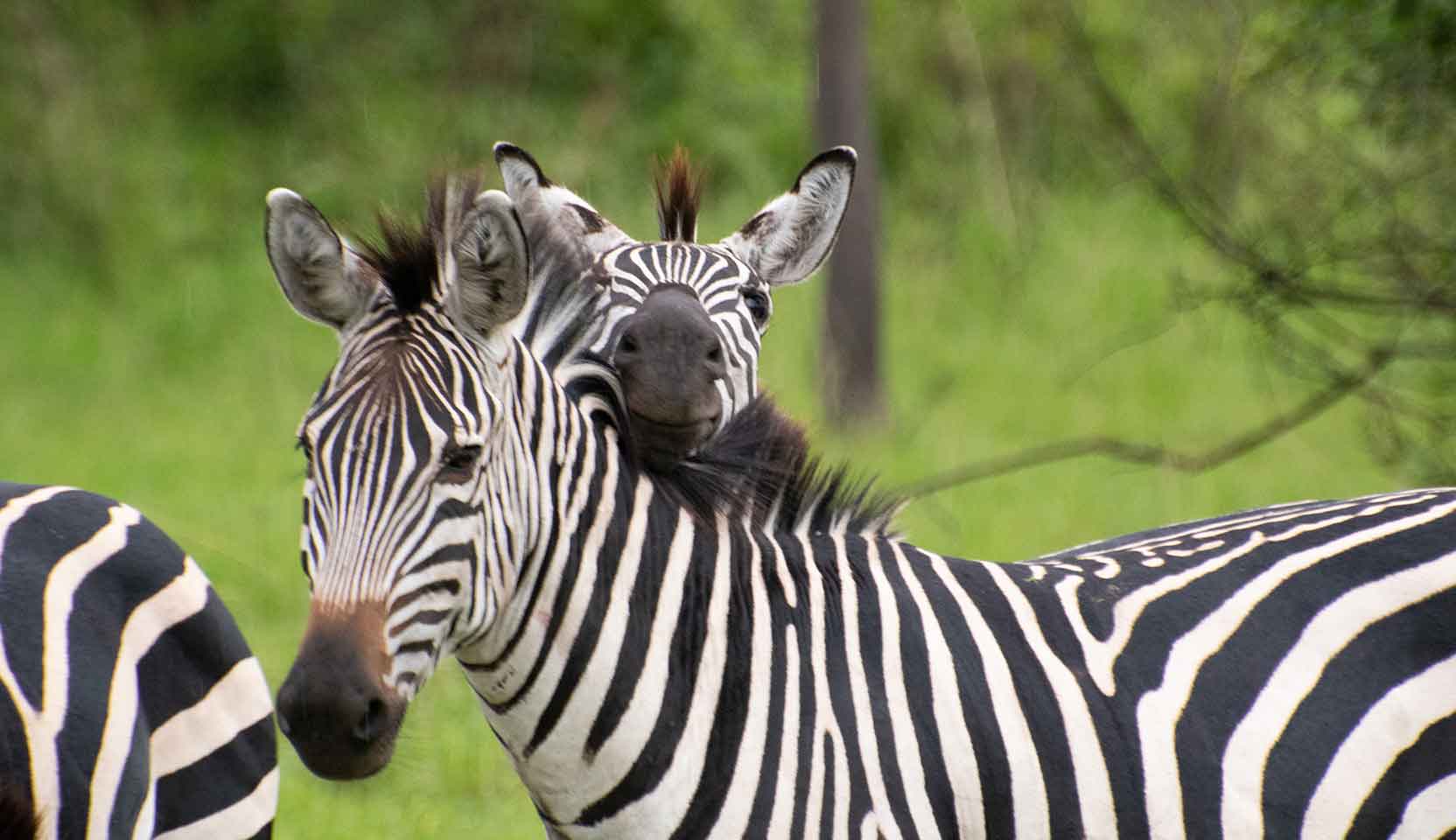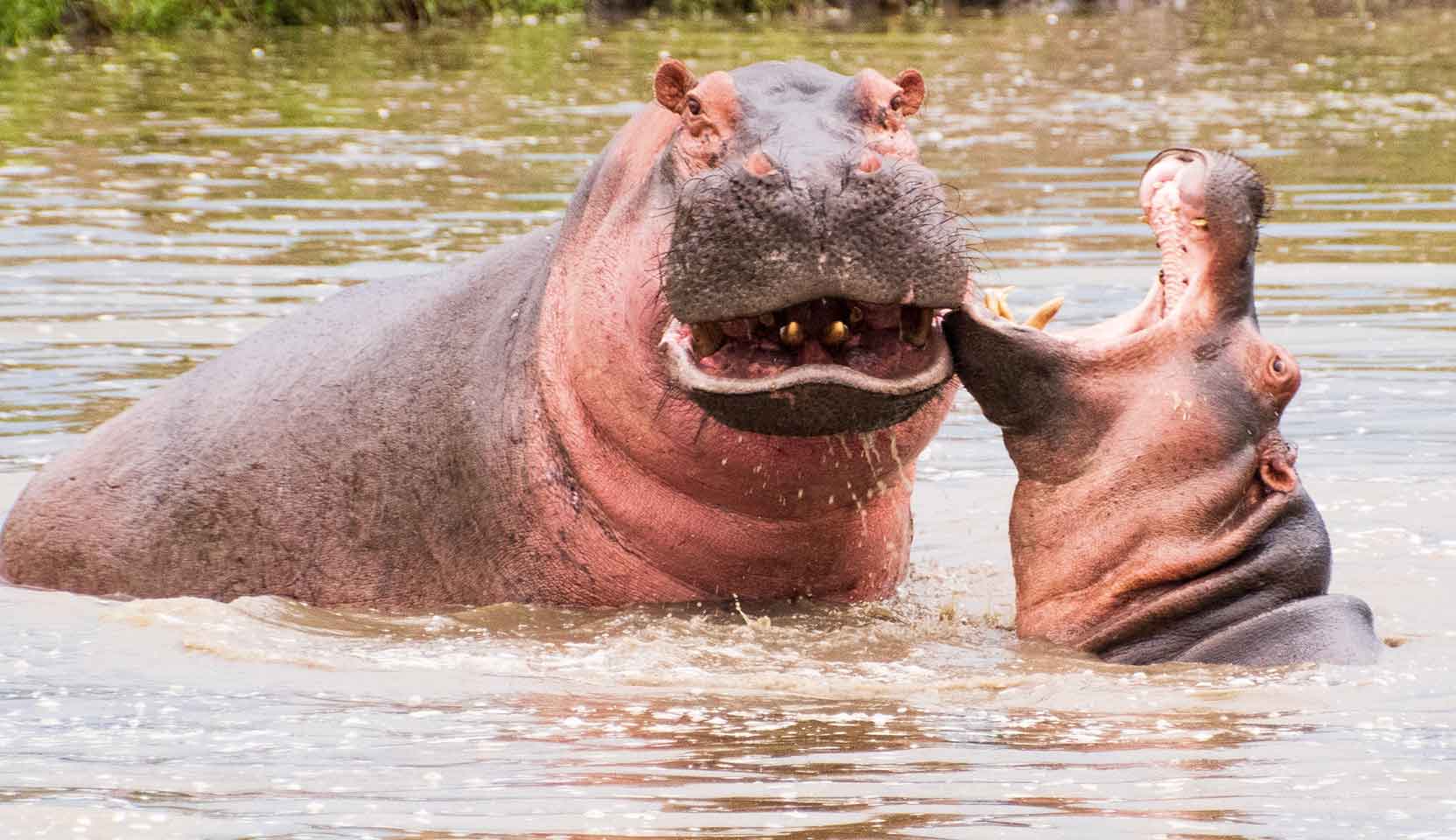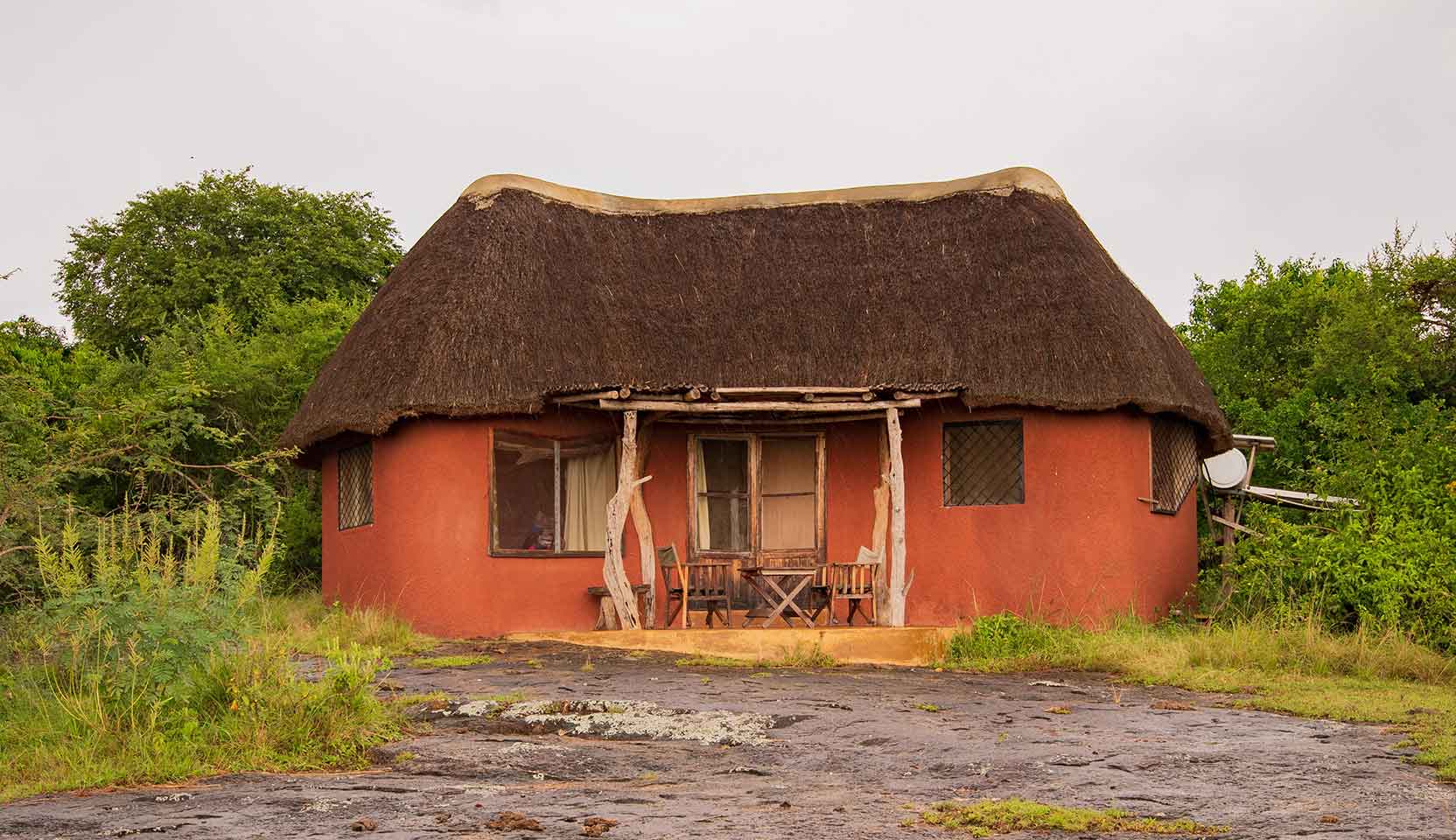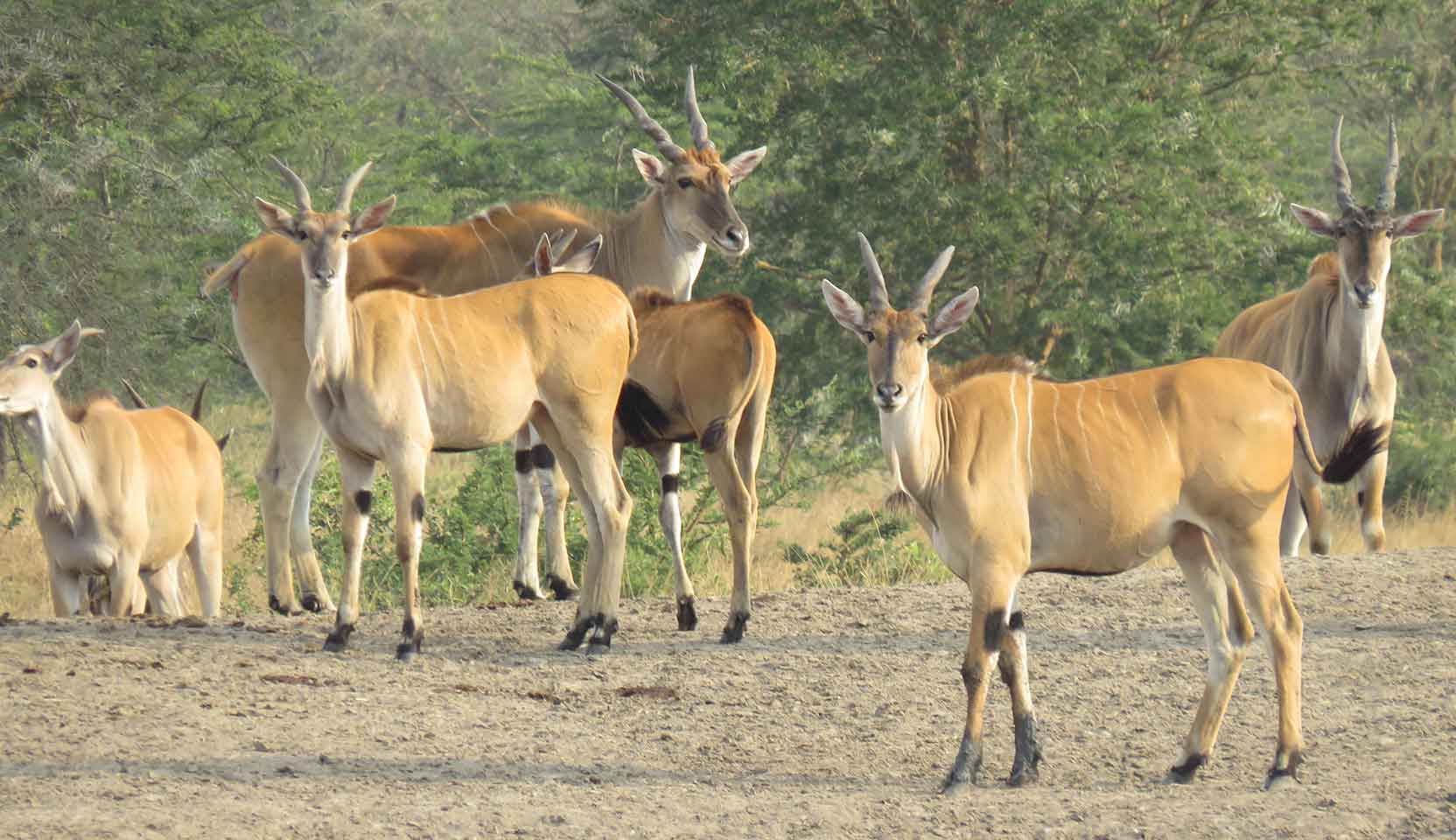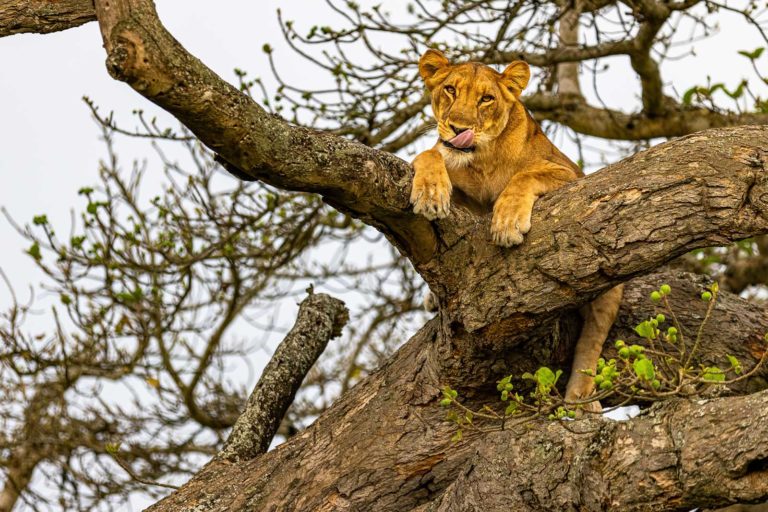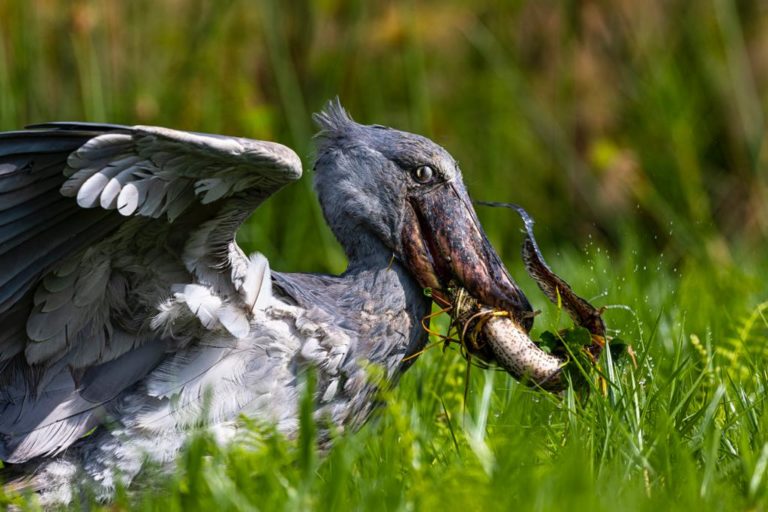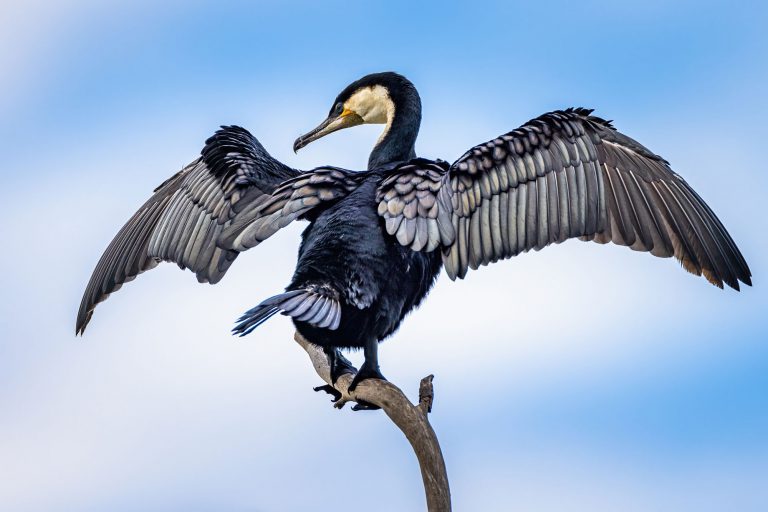Lake mburo national park
Lake mburo national park is undoubtedly Uganda’s smallest grassland park. The park has evidently ancient rocks of more than 500 million years. There is a variety of woodlands .
The colonial government first gazetted this woodland in 1933. It was then a controlled hunting area. They then upgraded the area to a game reserve in 1963. However, it became Lake mburo national park in 1983. The park lies at an altitude of between 1,220m and 1,828m above sea level.
Lake Mburo forms part of the 50km long wetland system. This is linked up by swamps. Furthermore, five lakes lie within the park boundaries. 20% of the park is wetland habitats. Altogether, there are 13 other lakes in the neighboring areas combined.
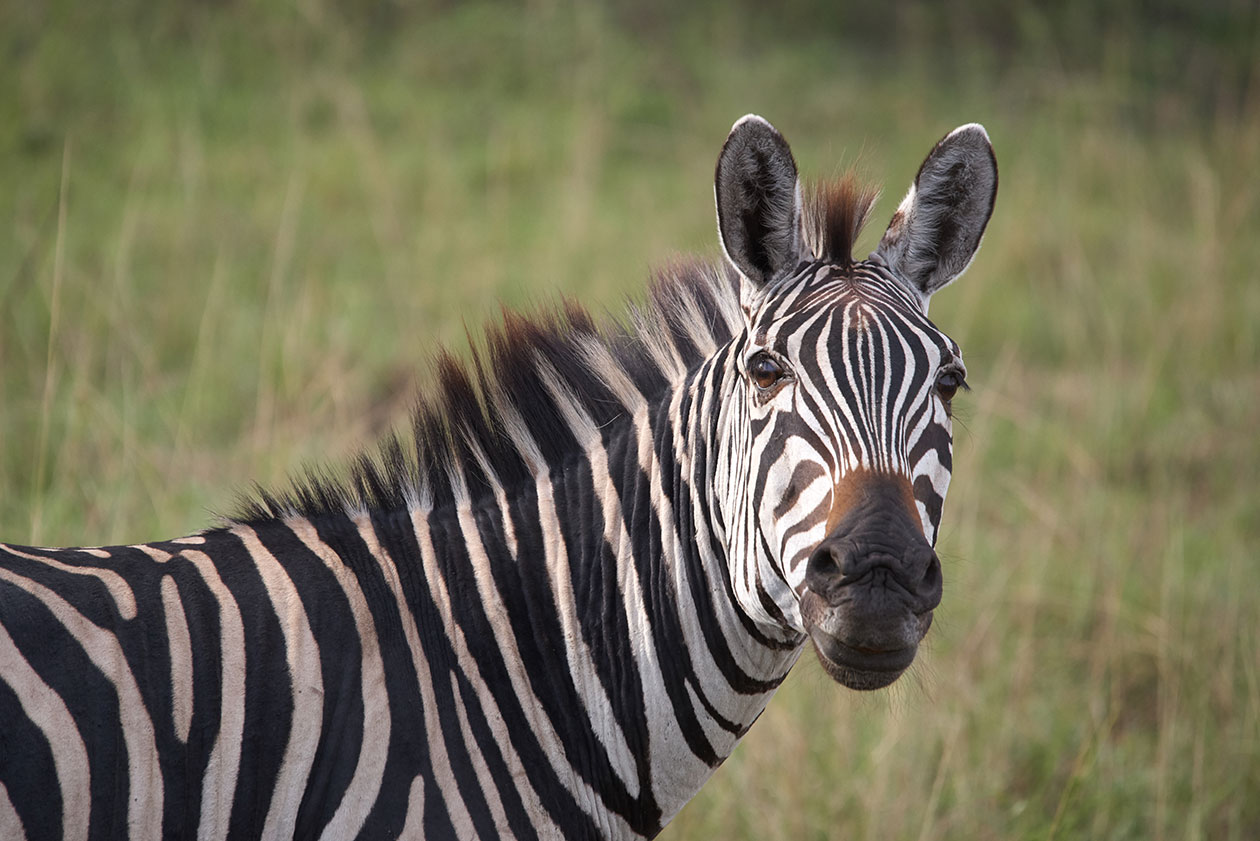
The history of Lake Mburo national park
Many centuries ago, the valley of Lake Mburo was a dry agricultural land. According to oral tradition, two brothers namely Kigarama and Mburo lived there.
One night, Kigarama dreamt that he and his brother would be in danger. Unless, if they moved to a higher ground. He shared the warning with Mburo. However, Mburo decided to stay. Kigarama then prepared to move to a higher ground.
In the next few days, the valley became submerged. The flooded valley then formed a lake. Kigarama watched on helplessly, as his younger brother drowned. The people named the lake after the unfortunate Mburo. And the surrounding hills named after Kigarama.
The Biodiversity of Lake Mburo national park
Lake Mburo national park is an important birding area. It has 350 bird species. These include the tabora Cisticola, Coqui Frankolin, red-faced and Barbet. Animals that are in Lake Mburo park include the hippo and hyena. There is also the recently introduced giraffe.
Furthermore, the park has leopards. They are common near Mihingo lodge. The spotted hyena calls around the lodges at night. However, it is seldom seen during day. Other animals in the park include zebras, impala, eland and topi antelopes, buffalo.
There are only two diurnal primate species namely the Olive baboon and vervet monkey. The nocturnal greater galago also exists. There are no elephants in the park. The lion got extinct in the 1970s.
The size of Lake Mburo park: 370 sq. km
Location of this park: It is found in South western Uganda close to Mbarara town.
Accessibility of Lake Mburo park
The distance from Entebbe through Kampala and Lyantonde is 290 kms. The driving time is 4 hours.
From Lake Mburo to Queen Elizabeth national park, the stretch is 178 kms. However, the drive takes about 3 hours.
The tourism activities in Mburo
The activities in the park include the game drives and game walks as well as bird watching. Boat trips take place on the larger Mburo lake. Also. cultural and community tours for example the milking of long horned cows.
Lodges within and around the park
The Mihingo Lodge is rather of a high budget. However, the Rwakobo Rock and Arcadia are medium range lodges, The Eagle Nest tented camp is rather of low budget.


